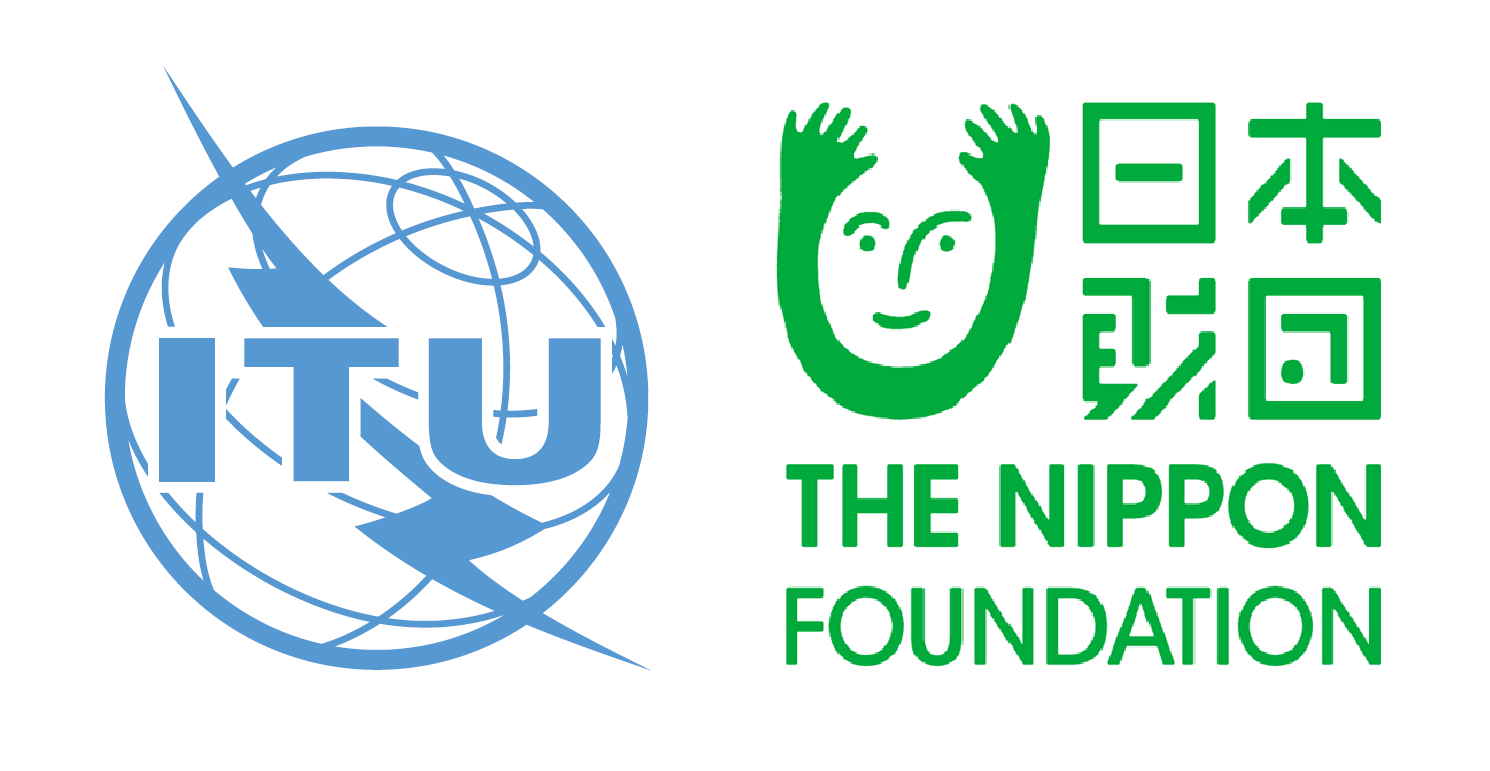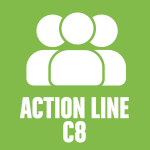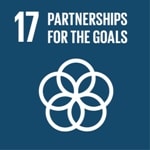Special Recognition Ceremony & Workshop on telecom relay services
International Telecommunication Union / The Nippon Foundation

Session 171
Telecommunications relay services are essential telecom services that enable persons who have hearing or speech disabilities and who otherwise would be unable to engage in voice telecommunications, to make voice telephone calls to other persons using four common types of relay services: text relay; video relay; captioned telephone service relay; and speech-to-speech relay. ITU-T F.930 “Multimedia telecommunication relay services” describes them.
As highlighted at the session on this topic organized by ITU-T during the ITU-EU event titled Accessible Europe 2018, less than 20 countries provide telecom relay services in a functionally equivalent manner. This means that the other countries are not complying with UN Convention on the Rights of Persons with Disabilities (CRPD). Some good examples from countries were presented at the above session, however it is still necessary to further discuss various aspects which could bridge the gap between countries, including but not limited to, technical, regulatory and financial aspects, for a better promotion of relay services worldwide. To address these issues, this session was therefore suggested to be a part of WSIS Accessibility Day. The session has been designed to focus on how to promote implementation of telecom relay services worldwide. This is especially important for developing countries. There is a need to identify specific challenges in various phases in implementing relay services.
The Nippon Foundation has been providing telecommunication relay services as a model project in Japan since September 2013, advocating institutionalization of these services. Through their advocacy work, they experienced that there was a lack of understanding about these services. For example: Some may think text communication can be an alternative service of telephone, which is not the case; There is an excessive expectation for AI and voice recognition; And, there is also still a lack of awareness of ICT accessibility in general. These issues will also be addressed at the workshop session.
The workshop session will introduce various experiences from different countries in trying to initiate, run and encourage relay services. Then, it will describe some barriers, considerations and needs in promoting implementation and in addressing legal, policy and regulatory framework. The session will conclude by discussing possible steps forward for better understanding of relay services now and in the future. This session is kindly sponsored by The Nippon Foundation, and is jointly led by The Nippon Foundation, ITU-T Q26/16 (Accessibility), and ITU-T JCA-AHF.
Target audience: policy makers, regulators, operators, telecom service providers, other government bodies, manufacturers, organizations advocating for persons with disabilities, and end-users
Moderator
Ms Andrea J. Saks, ITU-T JCA-AHF Chairman and Mr Masahito Kawamori, ITU-T Q26/16 Rapporteur, Keio University, Japan
Speakers/Panellists
- Introduction to the workshop session by Ms Andrea Saks, JCA-AHF Chairman, US
- Ms Tomoko Tsutsui, The Nippon Foundation, Japan
- Mr Masahito Kawamori, ITU-T Q26/16 Rapporteur, Keio University, Japan
- Mr Nanao Kachi, Directeur, Social and Consumer Policy, Consumer Affairs and Strategic Policy, Canadian Radio-television and Telecommunications Commission, Canada
- Mr Henry Mejía Roget, Director General, Federación Nacional de Sordos de Colombia (FENASCOL), Colombia
- Ms Abeer Shakweer, Advisor the Minister for Social Responsibility and Services, Egypt
Session's link to WSIS Action Lines
-
 C1. The role of public governance authorities and all stakeholders in the promotion of ICTs for development
C1. The role of public governance authorities and all stakeholders in the promotion of ICTs for development
-
 C2. Information and communication infrastructure
C2. Information and communication infrastructure
-
 C3. Access to information and knowledge
C3. Access to information and knowledge
-
 C5. Building confidence and security in the use of ICTs
C5. Building confidence and security in the use of ICTs
-
 C8. Cultural diversity and identity, linguistic diversity and local content
C8. Cultural diversity and identity, linguistic diversity and local content
Session's link to Sustainable Development Process
-
 Goal 1: End poverty in all its forms everywhere
Goal 1: End poverty in all its forms everywhere
-
 Goal 2: End hunger, achieve food security and improved nutrition and promote sustainable agriculture
Goal 2: End hunger, achieve food security and improved nutrition and promote sustainable agriculture
-
 Goal 3: Ensure healthy lives and promote well-being for all
Goal 3: Ensure healthy lives and promote well-being for all
-
 Goal 4: Ensure inclusive and equitable quality education and promote lifelong learning opportunities for all
Goal 4: Ensure inclusive and equitable quality education and promote lifelong learning opportunities for all
-
 Goal 5: Achieve gender equality and empower all women and girls
Goal 5: Achieve gender equality and empower all women and girls
-
 Goal 6: Ensure access to water and sanitation for all
Goal 6: Ensure access to water and sanitation for all
-
 Goal 7: Ensure access to affordable, reliable, sustainable and modern energy for all
Goal 7: Ensure access to affordable, reliable, sustainable and modern energy for all
-
 Goal 8: Promote inclusive and sustainable economic growth, employment and decent work for all
Goal 8: Promote inclusive and sustainable economic growth, employment and decent work for all
-
 Goal 9: Build resilient infrastructure, promote sustainable industrialization and foster innovation
Goal 9: Build resilient infrastructure, promote sustainable industrialization and foster innovation
-
 Goal 10: Reduce inequality within and among countries
Goal 10: Reduce inequality within and among countries
-
 Goal 11: Make cities inclusive, safe, resilient and sustainable
Goal 11: Make cities inclusive, safe, resilient and sustainable
-
 Goal 12: Ensure sustainable consumption and production patterns
Goal 12: Ensure sustainable consumption and production patterns
-
 Goal 13: Take urgent action to combat climate change and its impacts
Goal 13: Take urgent action to combat climate change and its impacts
-
 Goal 14: Conserve and sustainably use the oceans, seas and marine resources
Goal 14: Conserve and sustainably use the oceans, seas and marine resources
-
 Goal 15: Sustainably manage forests, combat desertification, halt and reverse land degradation, halt biodiversity loss
Goal 15: Sustainably manage forests, combat desertification, halt and reverse land degradation, halt biodiversity loss
-
 Goal 16: Promote just, peaceful and inclusive societies
Goal 16: Promote just, peaceful and inclusive societies
-
 Goal 17: Revitalize the global partnership for sustainable development
Goal 17: Revitalize the global partnership for sustainable development